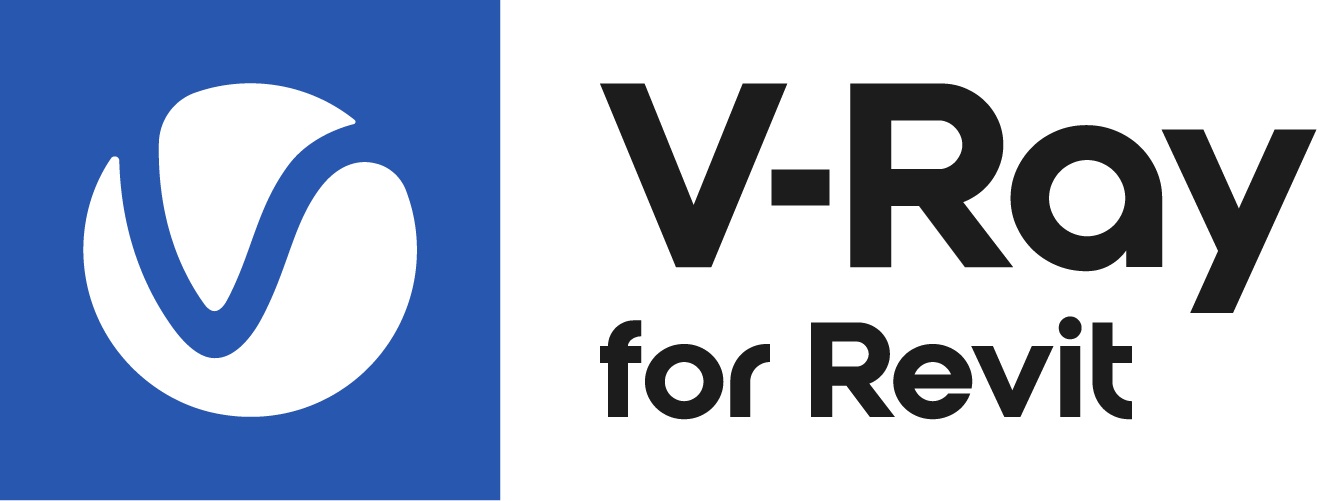This page provides information on the Scatter subtab in the V-Ray Appearance Manager.
Overview
The Scatter subtab displays a list of manually added families or faces of them which are associated with V-Ray Scatter created in the Asset Editor, and serve as its hosts. A common example would be picking the toposurface (or a floor, depending on how your Revit model is built) and scatter trees and planting on it.
UI Path
||Appearance Manager|| > Families tab > Scatter subtab
Search Bar and Filters
Show Families
Filters the list of objects based on the following options:
All – Shows all families that are currently loaded into the Revit project file.
Used in project – Shows all families that are already placed into the Revit model.
Search Bar
Allows searching for specific family items by name or whole family categories. Search for Families by name or element ID in the Filter search bar. Selecting one or more families in the Revit viewport activates the filter as well.
Adding Scatter Hosts
The Scatter subtab loads empty prompting you to select a geometry from the Revit model and add it to the list.
Only the following family types can be selected as Scatter hosts:
- Floor
- Wall
- Roof
- Ceiling
- Curtain System
- Curtain Panels
- Column
- Ramp
- Stair
- Toposurface
- Mass
The Add Scatter Hosts button adds the selected objects the the list.
The button works in a two-way fashion:
- select a geometry and click to add it;
- or click the button, select a geometry and then press the Finish button which appears in the lower part of the Revit ribbon.
It is possible to pick some of the faces of a given object and use them as a Scatter host.
The Pick Face button adds the selected faces of the given object to the list.
The button works as clicking the button, select a face(s) and then press the Finish button which appears in the lower part of the Revit ribbon.
To delete a scatter host from the list, select it and then press the Delete key from your keyboard. When a Revit family instance or selected face(s), which has been added to the list, is deleted from the project itself, it would also be removed from the list.
The button allows for applying V-Ray Scatter created in the Asset Editor to the selected host family or selected host face(s) of the family. The items to be scattered will only be visible at render time and only over the surface of the selected host.
To remove the association between a Scatter and its host, use the Unassign V-Ray Scatter button.
The Scatter Linked files mode button specifies how V-Ray scatters coming from linked files are treated. The functionality provides three methods for scatters display with respect to the host file or to the linked file.
Discard – All V-Ray scatters are discarded.
View & Override – Linked V-Ray scatters can be viewed, rendered, or overridden with scatters created in the host project.
Read-only – Linked V-Ray scatters are rendered but are hidden from the list. An override is not allowed. This mode can be used for reducing the list in the Appearance Manager.
Scatter Actions
After scatter is associated with its host, control the scale and rotation range of the scattered objects from the designated sliders.
Scale – Specifies a scale range for the scattered objects.
Rotation – Specifies a rotation range for the scattered objects.
Scale Multiplier – Specifies a uniform scale multiplier for the scattered objects. This value is combined with the random scaling, so that once there is a suitable Scale range, it allows for scaling up and down the whole composition of scattered objects.





